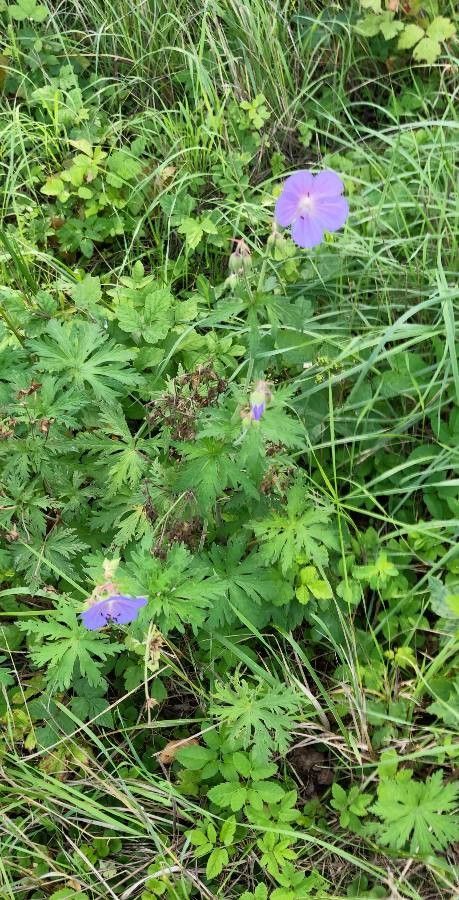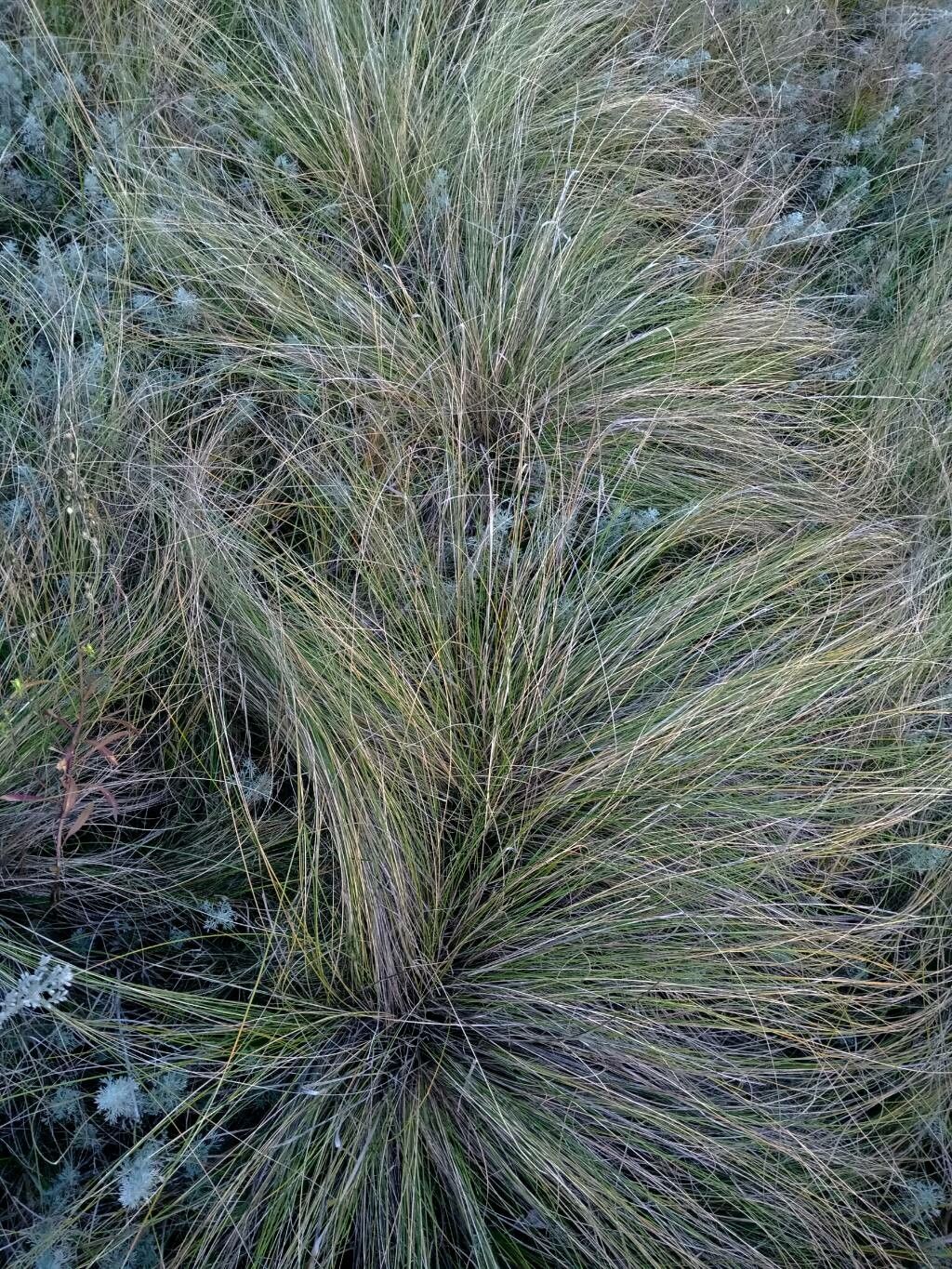## Meadow Campion: A Gardener's Delight
Meadow campion ( *Silene vulgaris*), a member of the Caryophyllaceae family, is a charming wildflower that's increasingly popular in gardens worldwide. Its delicate, light pink flowers and easy-going nature make it a perfect addition to meadows, borders, or even containers. This comprehensive guide will equip you with everything you need to successfully cultivate this captivating plant.
### Identification
Before we delve into cultivation, let's ensure we're all on the same page about identification. Meadow campion is easily recognizable by its:
* **Flowers:** Clusters of light pink, five-petaled flowers, often with a slightly notched appearance. They bloom prolifically from spring through summer.
* **Leaves:** Opposite, lance-shaped leaves, slightly grayish-green in color.
* **Stem:** Generally erect, branching stems, growing to a height of 12-24 inches (30-60 cm).
* **Habitat:** Often found in meadows, grassy areas, roadsides, and wastelands.
### Sun Exposure and Soil Needs
Meadow campion thrives in full sun to partial shade. While it tolerates some shade, optimal flowering occurs in locations receiving at least six hours of sunlight daily. Regarding soil, it's surprisingly adaptable, tolerating a wide range of soil types, from well-drained sandy soils to heavier clay loams. However, it performs best in well-drained soil to prevent root rot. It prefers neutral to slightly alkaline pH levels.
### Planting and Care
Meadow campion is remarkably easy to grow from seed, though it can also be propagated by division in spring or fall. Direct sow seeds in spring or fall after the last frost. Prepare the soil by removing any weeds and ensuring good drainage. Sow seeds thinly and cover lightly with soil. Keep the soil moist until germination. Once established, meadow campion requires minimal care. Water regularly, particularly during dry spells, but avoid overwatering. Deadheading (removing spent flowers) encourages further blooming. It’s relatively pest and disease resistant.
### Propagation
Besides seed sowing, you can also propagate Meadow Campion through division. This is best done in spring or autumn when the plant is dormant or actively growing. Carefully dig up the plant, divide the root ball into several sections, each with healthy roots and shoots, and replant them in prepared soil. This method ensures you maintain the desirable traits of the mother plant.
### Potential Issues
While generally robust, Meadow Campion can occasionally be susceptible to fungal diseases if the soil is too wet or poorly drained. Good drainage and air circulation are crucial to prevent this. Slugs and snails may also pose a problem, especially for young seedlings. Consider using slug pellets or barriers to protect your plants.
### Uses
Beyond its ornamental value, Meadow Campion has a history of medicinal use in some cultures (consult with a healthcare professional before using it for medicinal purposes). It is also a good choice for wildlife gardens, providing nectar for pollinators.
### Conclusion
Meadow campion is a low-maintenance, visually appealing plant perfect for both novice and experienced gardeners. With its adaptability and ease of cultivation, it's a delightful addition to any garden setting.
Meadow Campion: Planting, Care & Identification Guide

Frequently Asked Questions
How to grow Meadow Campion from seed?
Sow seeds directly outdoors in spring or fall after the last frost. Prepare well-drained soil, sow thinly, cover lightly, and keep moist until germination.
Is Meadow Campion invasive?
While Meadow Campion can self-seed readily, it's generally not considered invasive in most garden settings. Deadheading spent flowers can help control its spread if desired.


